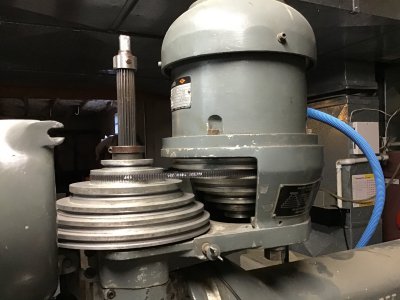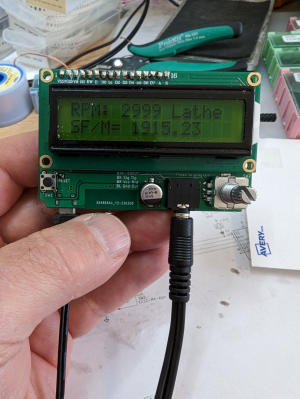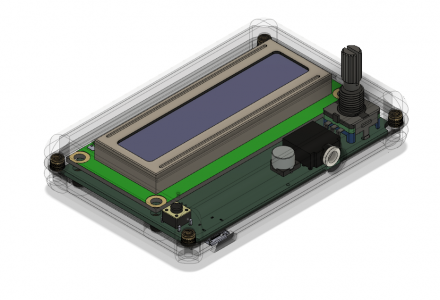- Joined
- Dec 3, 2014
- Messages
- 497
Given the motor you have you wont get much use out of the VFD because you can't likely operate outside of a band of about 40-70 hz without having issues.Do you think a motor like this would need a stepped pulley setup? I'm really trying to avoid that as I always find them clunky, I can work it in if needed though.
I'm the meantime I'll install a smaller pulley to make it 1:1 instead of a 2:1 and see what that does. I don't know for sure what I want out of the machine yet, I've never owned a mill before, but I don't want to paint myself into a corner either. I'd like to do whatever I'm capable of to keep the machine operating in its limits.
Again I'm completely green when it comes to 3 phase motors, I appreciate the feedback. I find fabrication fun but calculating numbers for motors isn't my forte.
I have a South Bend 9A that I've used for several years, I'm reasonably confident with it. I was originally on the market for a smaller machine but this one popped up for cheap and I thought it'd be a fun project. This setup will be good enough for me to learn on, once I need more power I'll source a better suited motor and VFD setup. This motor and VFD combo cost me $100, so I'm not super concerned about replacing it in the future.
That means yeah you should have a stepped pulley system. Maybe with only two pulley sizes but likely better with 3, unless you were to change both the motor and VFD and then I'd still use stepped pulley with two steps.





